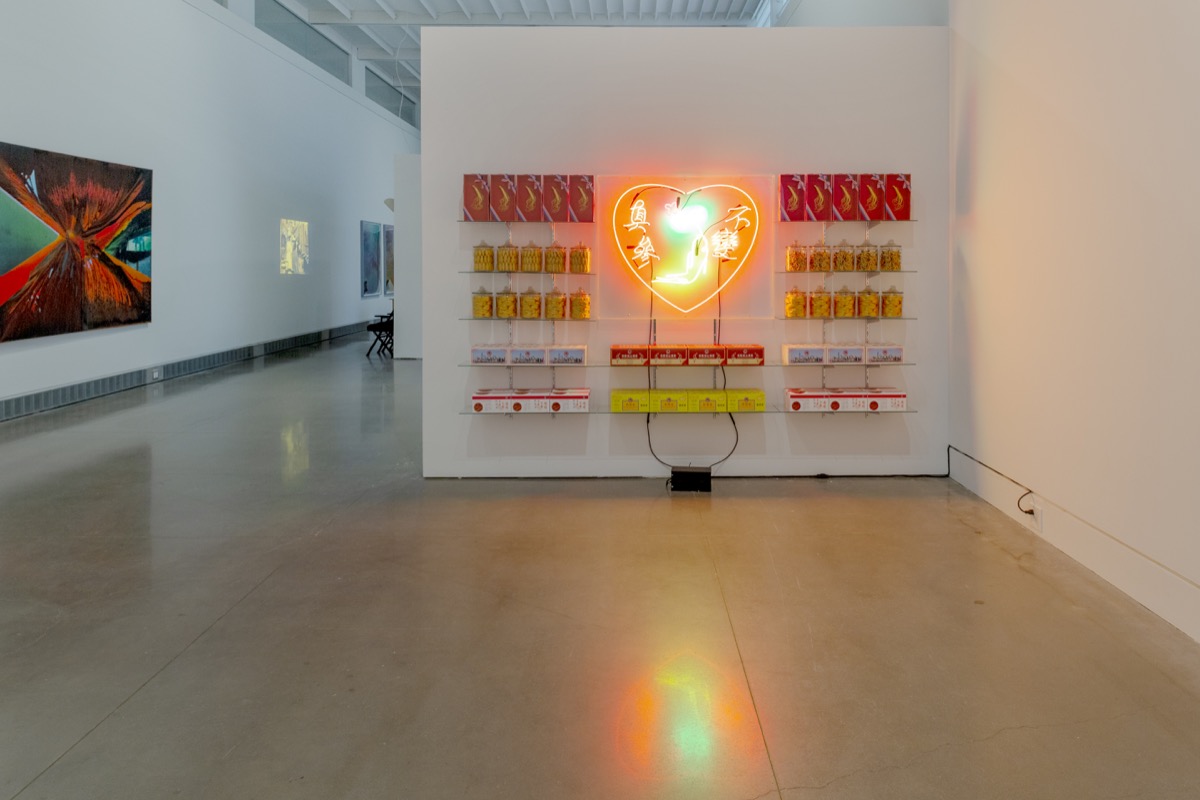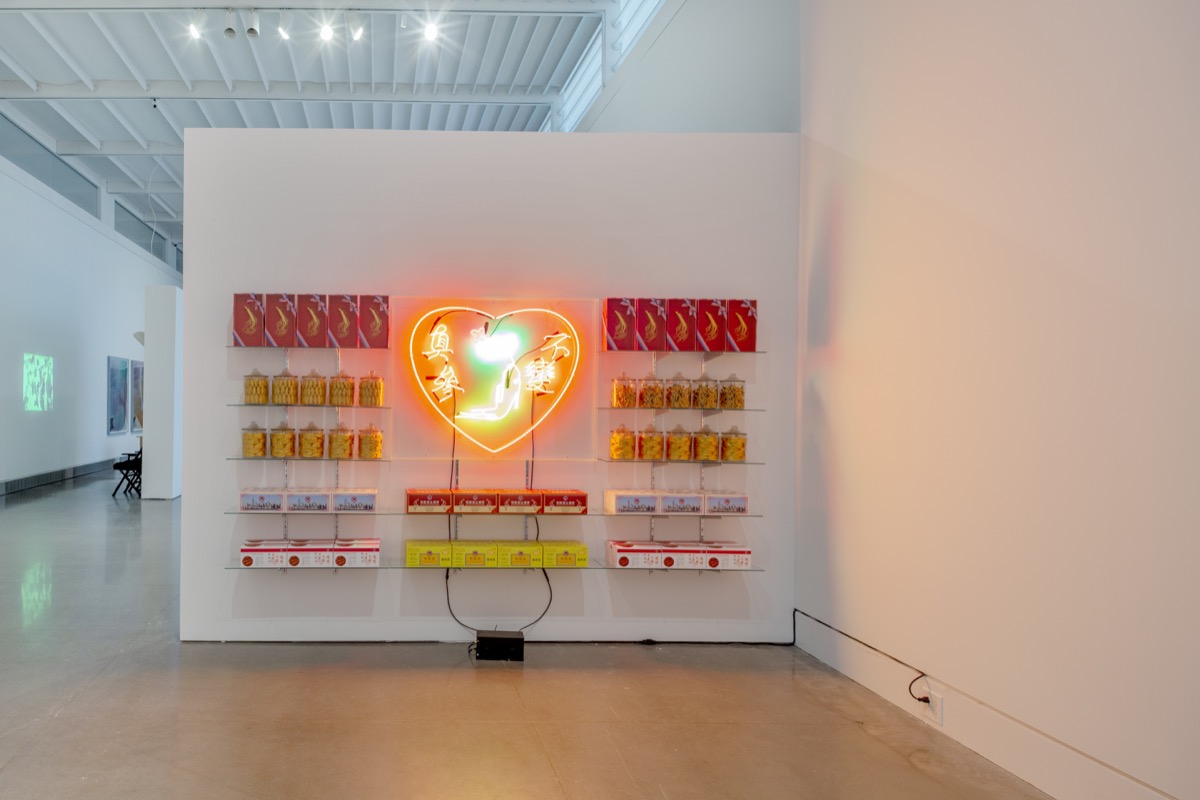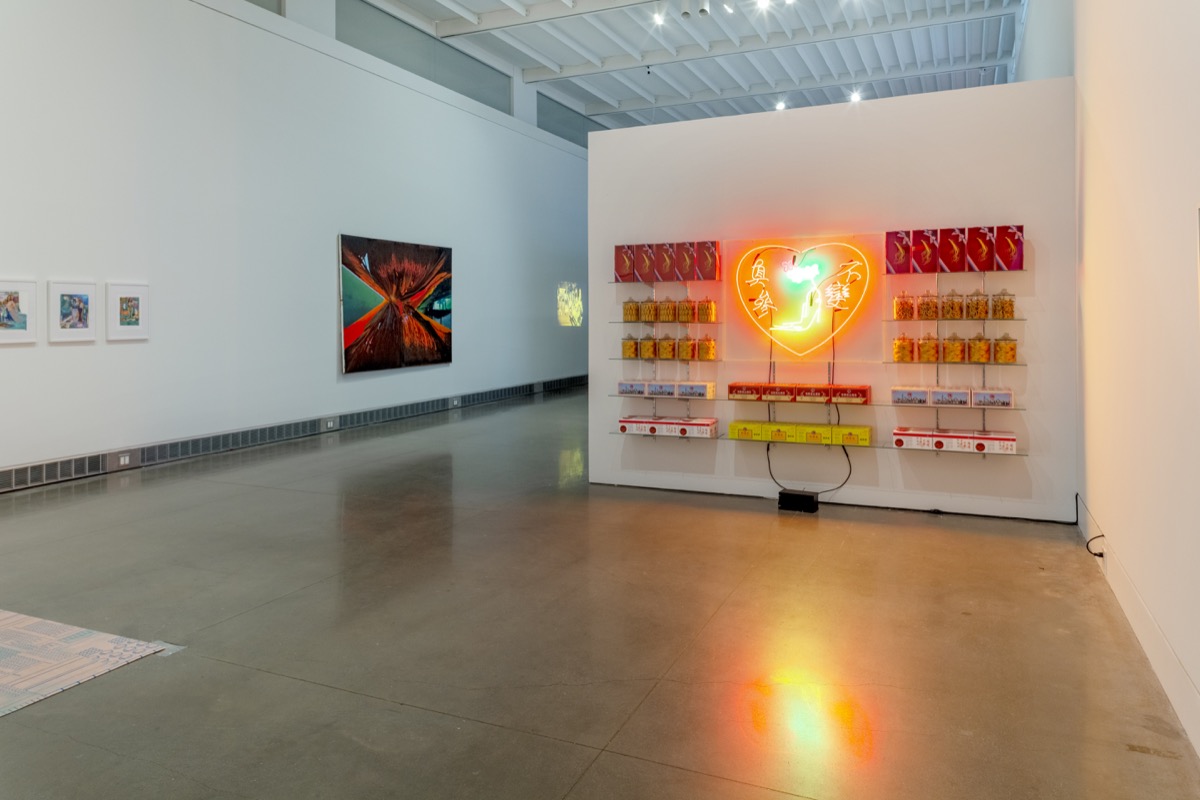| Qiren Hu | 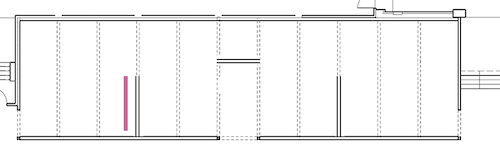 |
||||
| Growing up in my grandfather's traditional Chinese medical hall, I have always been drawn to the ginseng root and its human-like appearance. I discovered interesting studies that the American ginseng is the most highly prized of any cultivated variety. This piqued my curiosity, and I began work to construct an installation to further the dialogue about value, belief systems, notions of meaning, authenticity, and consumer desire that evolve from market constructs. |  |
||||
| What is Ginseng root? How is it usually used and where did it originate? | What is Ginseng root? How is it usually used and where did it originate? | Ginseng root belongs to the genus Panax, which means "all-heal" in Greek. These perennial roots (some can grow to more than a century old) have been widely used in traditional Chinese medicine since ancient times, and their longevity is believed to be transferred to the person who consumes them. The term "ginseng" is derived from the Chinese term "zhen-shen", which translates to "in the image of a man." With its characteristic forked appearance that resembles the limbs of a person, ginseng epitomizes energy and life force in Chinese culture and tradition. I knew from the beginning that the project would be best presented as a mixed-media installation. The idea was to recreate a section of a traditional Chinese medical hall, complete with the neon signage, industrial display shelves, and the products in commercial packaging. |
|||
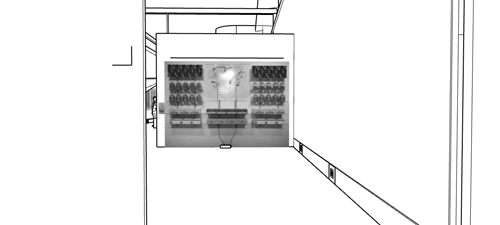 |
|||||
| My work has always been about researching and reinterpreting traditional Asian practices in a contemporary context while creating a new language. Although I attended graduate school for photography, my prior training in architecture and design has enriched my creative practice with an interdisciplinary approach. For example, another project, Face Reading, Stories Beyond the Portrait incorporates photography and found objects to narrate individual stories in a mixed-media installation. | Can you say more about this "new language"? How is it manifest in/generated by this project? | Can you say more about this "new language"? How is it manifest in/generated by this project? | |||
| This "new language" is about expanding the vocabulary of what is generally accepted as "international" art or art from non-Western countries. As "international" art has expanded its boundaries geographically it has learned new languages through engaging with other contemporary art production and practices. In my project, it is also about breaking down Western/ non-Western polarities through looking at shared issues of globalization and market mechanisms. | |||||
| Volumes to me is the relationship of my work and the space it inhabits. It is also about the interaction between the different components of the work but more importantly, it is the work's scale and proportion in relation to the viewer. | |||||
| prev | Qiren Hu (b. 1983, Singapore) earned an MFA from Parsons School of Design at The New School(2015), a BFA from School of Art, Design and Media, Nanyang Technological University of Singapore (2012), and was awarded the grand winner for Harper's BAZAAR Art Prize (2016). He has exhibited his work internationally in group shows at Moscow International Foto Awards, Russia (2016); Exposure Award, Louvre Museum, Paris, France (2015); Auckland Festival of Photography, New Zealand (2015); First Summer Open, Aperture Foundation, NY (2014); Photoville, Brooklyn, NY (2014, 2013); Centre for Contemporary Art, Singapore (2013); Theory of Clouds Gallery, Kobe, Japan (2013); Pingyao International Photography Festival, Shanxi Province, China (2013, 2012); Singapore International Photography Festival, Singapore (2012); Alliance Francaise de Singapour SOCIETE GENERALE Private Banking Gallery, Singapore (2010); and in the Singapore Young Photographer Award exhibition at The National Museum of Singapore (2008). He lives in Elmhurst, Queens. | next | |||
| prev | next | ||||
